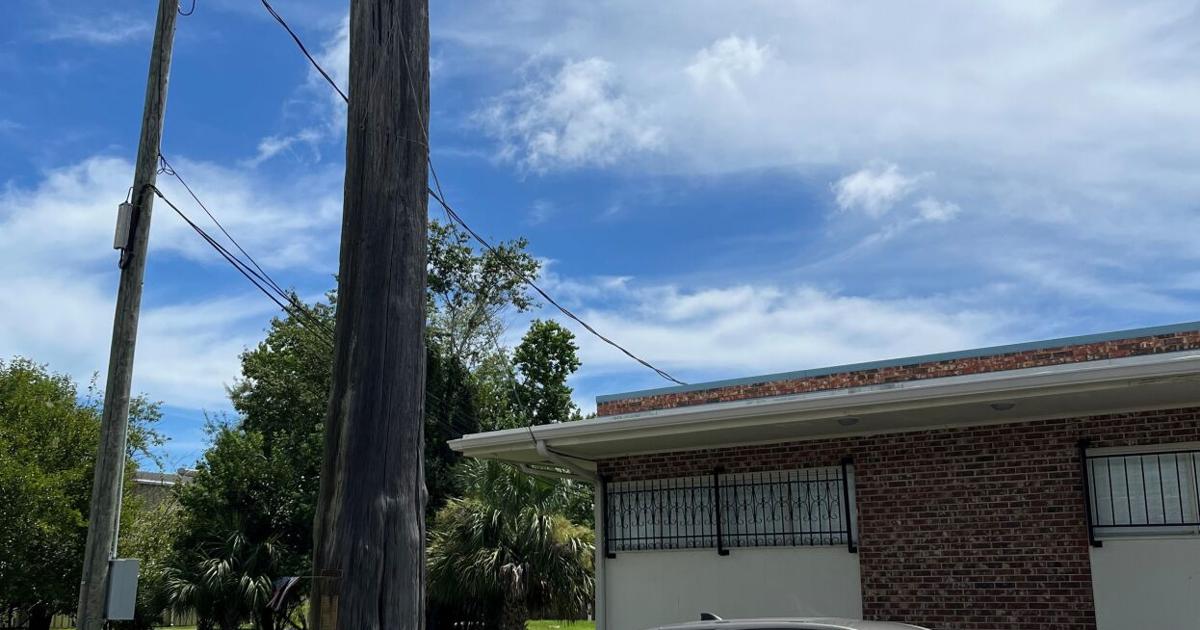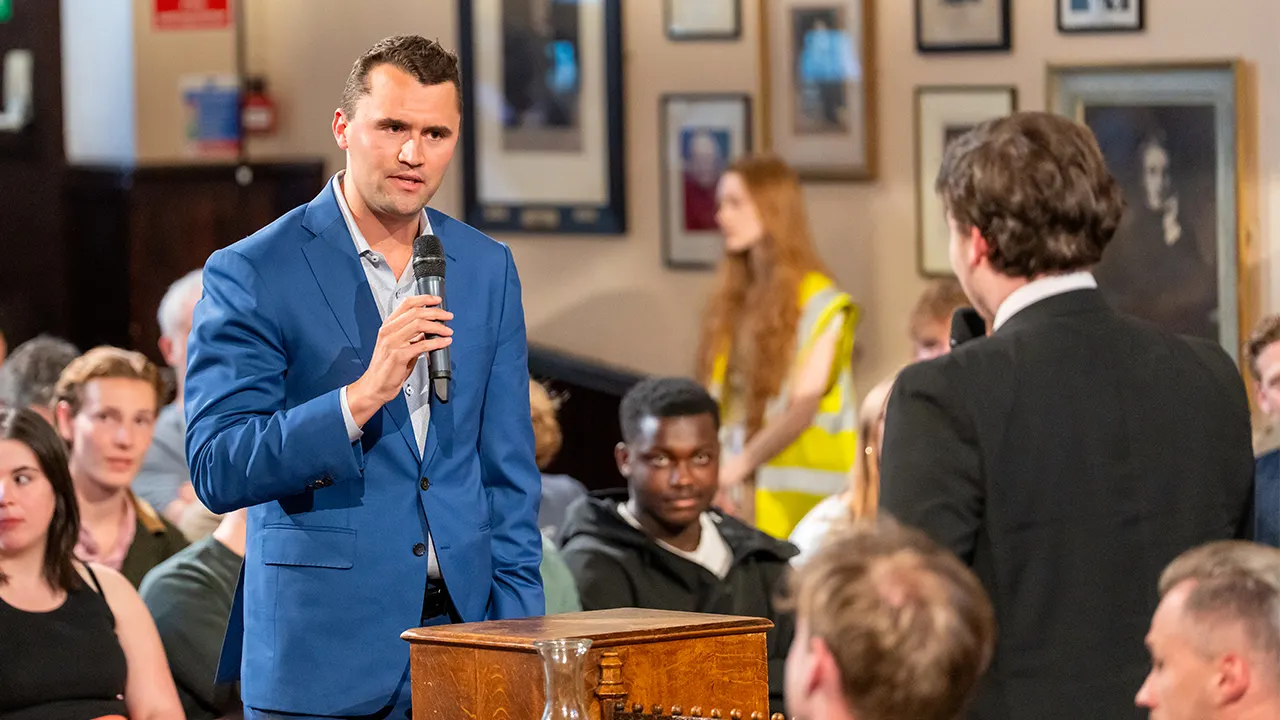
CHARLESTON — Most trees sprout from the ground, grow tall and, eventually, fall.
One downtown tree has had a different life cycle. After growing tall, this bald cypress was supposedly felled, drowned, plucked from a lake bottom and replanted. Sort of.
The result is perhaps Charleston’s most unusual landmark — the tree trunk lighthouse of Heriot Street.
It’s the sort of sight that prompts questions. Lots of them. Such as, “Why plant a dead tree in the ground?” and, “After planting a dead tree, why install a rotating light atop the trunk?”
For answers, The Post and Courier entered the offices of Carter’s City Self-Storage beside the cypress tree trunk. Here, two members of the Carter family spilled the beans, divulging all they knew about the whimsical wooden tower that has stood just south of the Neck area since the late 1960s.
The Carter family said the monument was the idea of patriarch Grayson Carter Sr., a native of North Carolina who came to Charleston as a youngster and worked as a water boy and tool boy for the E.P. Burton Lumber Co. of North Charleston. In 1932, Carter opened his own building supply business, G.S. Carter & Son Lumber Co., which still operates on Heriot Street beside the self-storage units.
The entrepreneurial lumberman was “a man ahead of his time,” said Nancy Carter, who married Carter’s late grandson, Grayson III, and now owns the self-storage business. She described her in-law as self-taught, generous and possessing an “uncanny” knack for “cruising timber.” By that, she meant Grayson Carter Sr. could walk into a stand of trees and instantly estimate how many board feet of lumber could be harvested.
Newspaper archives say the senior Carter somehow brought the cypress tree trunk home with him from a fishing trip. Nancy Carter remembers things a little differently and said her grandfather-in-law pulled the cypress tree from the bottom of a South Carolina lake during a short-lived venture to recover old sunken logs.
The work proved too dangerous, said Nancy Carter, and the yield was disappointing anyway. When Grayson Carter Sr. examined his prize catch he discovered the recovered tree was not only hollow, it was full of freshwater clams. It’s apparently difficult to cruise timber when the trees are underwater.
Unable to make much lumber from the tree trunk, Carter had some fun. A trim fellow, he supposedly wormed his way through the hollow trunk and had a Charleston News and Courier photographer take his picture.
“He crawled on his hands and knees from one end of the tree to the other,” said Nancy Carter, who, along with The Post and Courier newspaper, was unable to immediately locate this photograph.
Sometime later, Grayson Carter Sr. threaded a steel pole through the hollow trunk, set the trunk and pole deep into a hole in the ground, and poured plenty of concrete. To put it mildly, the tree trunk is firmly rooted beside Heriot Street.
“It’ll never come down,” said Carter’s great-grandson, Grayson Carter IV, the president and owner of G.S. Carter & Son Lumber Co. (who is also Nancy Carter’s son). “It would be a massive undertaking.”
Not that he would ever want to remove the legacy of his great-grandfather. Grayson Carter IV said he considers the cypress trunk a “centerpiece” of the campus of his family businesses, though he noted its light bulb needed fixing. A few years ago he installed a plaque on the tree which lists the name of Grayson Carter Sr., who died in 1981 at 96 years old.
That small metal plaque sits atop another plaque that features one of Grayson Carter Sr.’s musings:
GOD MADE THIS OLD
TREE AND I AND WE
OFTEN WONDER WHY
THE PEOPLE IN THIS
OLE’ WORLD ARE SO
DISCONTENT
MY ANSWER
ROTTEN POLITICS
GREED
DISLOYALTY TO YOUR
FELLOW MAN
These words have made an impression on a number of passersby and visitors, with one person posting information about the cypress tree on the website roadsideamerica.com and referring to the sunken trunk as Grayson’s Tree of Knowledge. Others have documented their visits on YouTube and Facebook, such as Jody High of Durham, N.C. who writes about offbeat roadside attractions on his High’s Roadside Facebook page.
Almost every Saturday, High travels to a new place to learn some local history. In August, he visited the tobacco town of Roxboro, N.C., where he checked out hot dog eateries and the Person County Museum, where he learned about North Carolina postal clerk Oscar Scott Woody, who perished aboard the R.M.S. Titanic in 1912.
In the Lowcountry, High has seen the Confederate submarine H.L. Hunley submarine and visited the Edgar Allen Poe Library within Battery Gadsden on Sullivan’s Island. On a 2016 trip, High rode down Heriot Street, where he spied the tree trunk lighthouse and “loved the straight talk that was posted on the plaque.”
In a city full of grander monuments, there was something appealing about what High described as “timeless wisdom posted to a rugged tree.”
“Mr. Grayson had seen some things over his years and the plaque gave him an outlet,” said High. “What a Charleston landmark that old tree is.”



